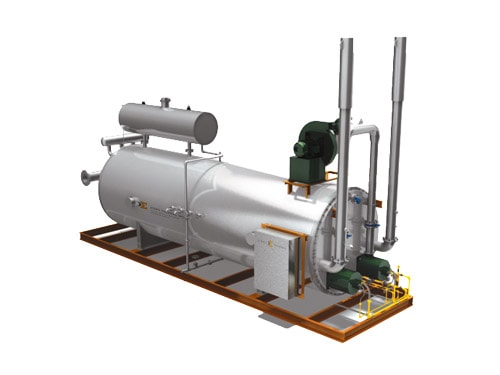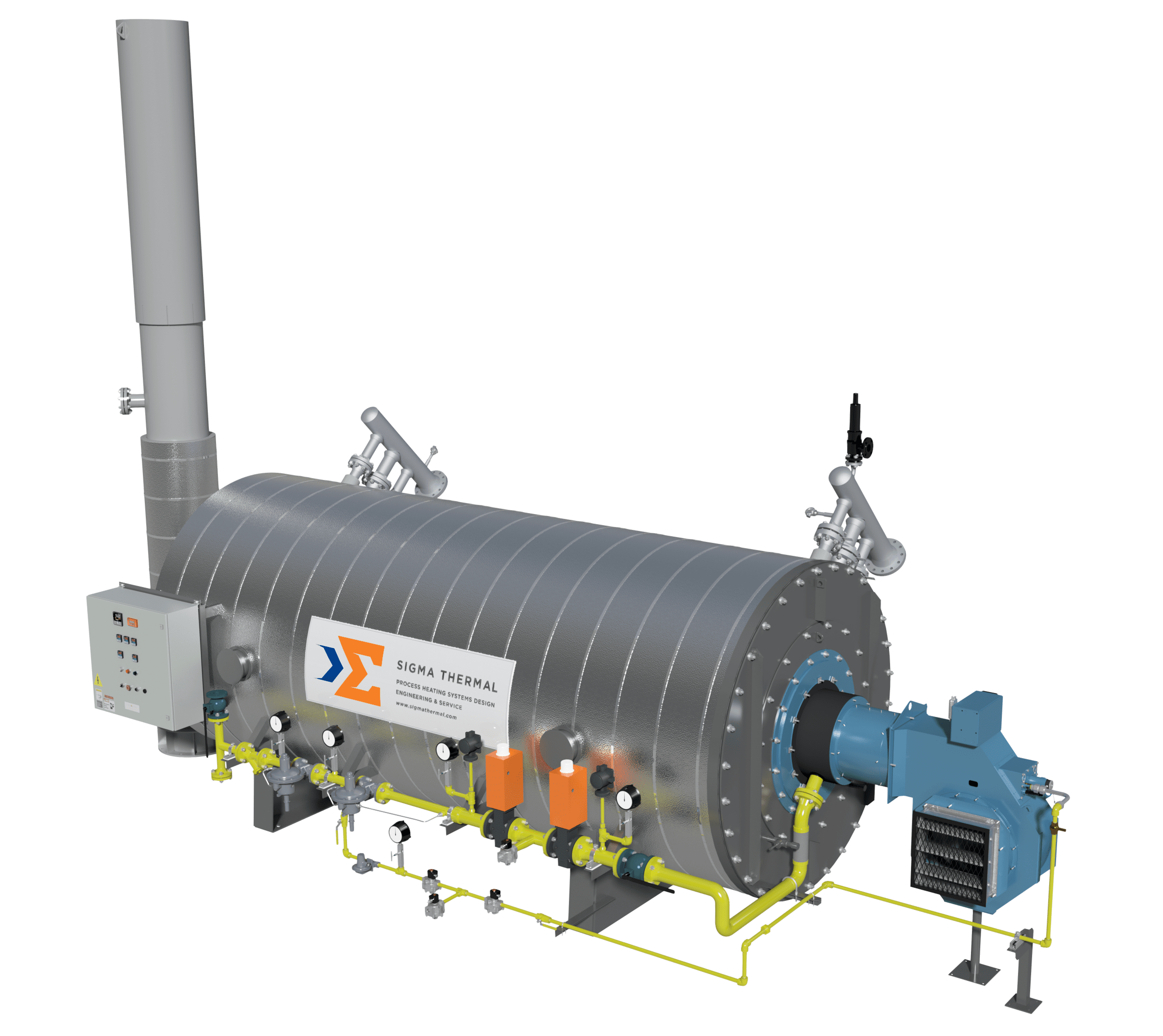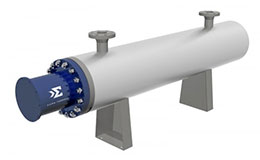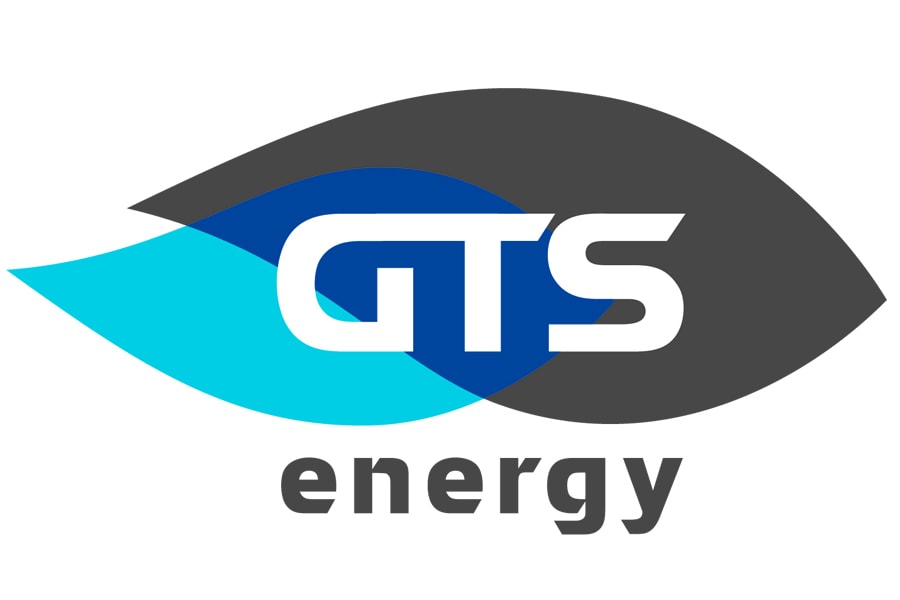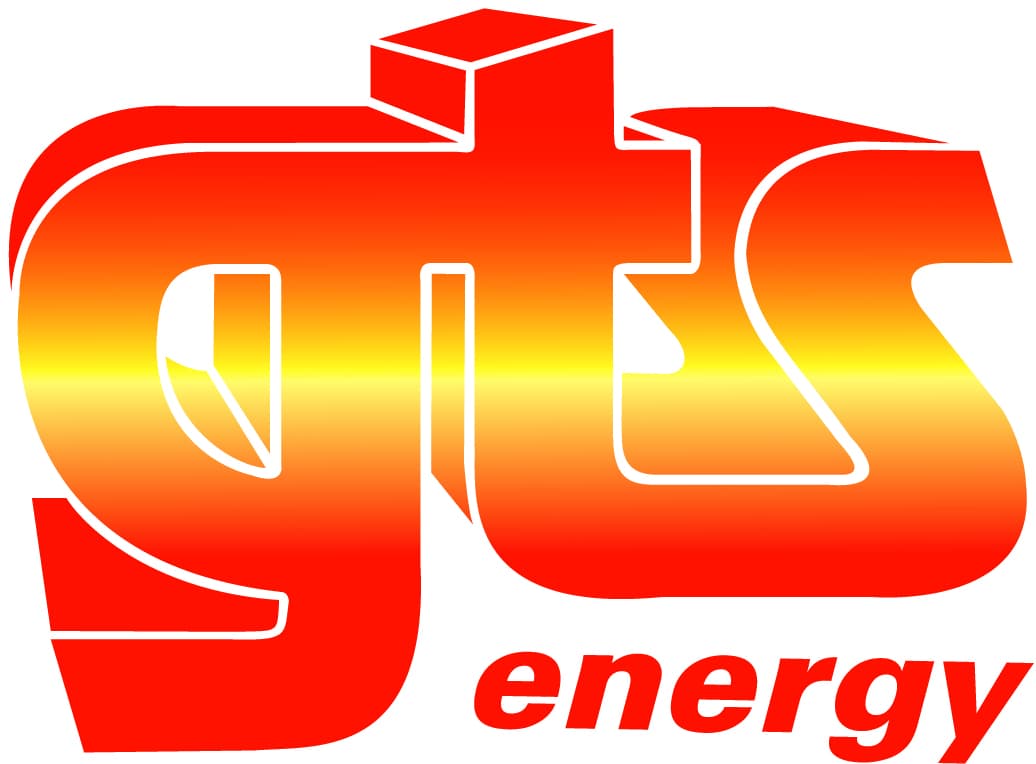Molten Salts
Molten salts, sometimes referred to as salt melts, are a family of products used for a wide range of applications like high-temperature process heating, heat treating and annealing of steel, and thermal storage in solar thermal power plants. These salts are composed of fluoride, chloride, and nitrate salts.
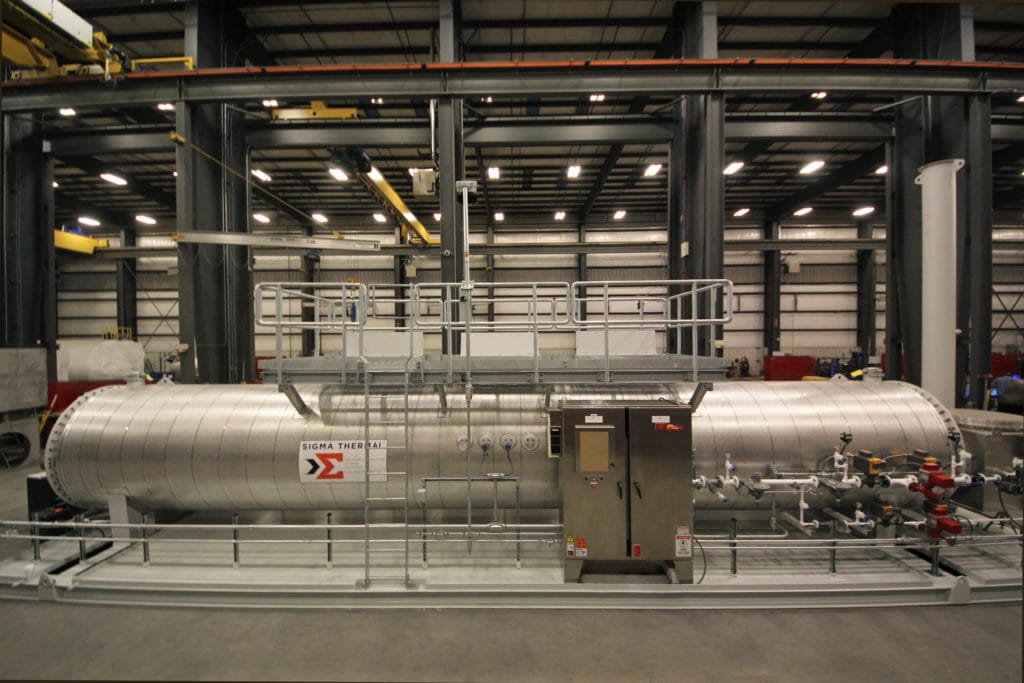 Molten salts have the advantage of very high liquid phase operating temperatures (1,000°F or higher) with little or no vapor pressure. Molten salts can replace organic or synthetic oils in heat transfer applications. While molten salts do offer a substantial benefit with their high operating temperatures, they can also have the undesirable characteristic of very high freezing points (ranging from 248°F to 428°F).
Molten salts have the advantage of very high liquid phase operating temperatures (1,000°F or higher) with little or no vapor pressure. Molten salts can replace organic or synthetic oils in heat transfer applications. While molten salts do offer a substantial benefit with their high operating temperatures, they can also have the undesirable characteristic of very high freezing points (ranging from 248°F to 428°F).
There are three primary types of molten salt heating systems: salt bath heaters, circulated molten salt, and direct heating for applications like heat treating metal assemblies. There can challenges with all of these system types: metallurgy, instruments, system component selection, heat tracing, melting and draining, just to name a few.
Circulated Molten Salt Systems
Circulated molten salt systems are used to distribute hot liquid salt as a heat medium to heat exchangers or other process heat consumers.
Function & Design
Once the energy is needed, the molten salt circulation process begins. Most systems maintain the salt above its freezing point to avoid the process of remelting, but during commissioning or a cold restart situation the salt is melted in a hot salt tank. The molten salt is then circulated through a closed loop system using a circulation pump specifically designed for pumping hot salt. Fluid circulates from the hot salt tank to a fired heater or electric heater, out to the user, and then back again to the hot salt tank.
The system is generally designed in such a way that hot salt will return to the hot salt tank if and when the circulation pumps are turned off. It is unique from other closed loop heating systems because of the freezing point of the salt. The system has to be designed using a hot salt tank, to which the fluid always returns when the system is down.
These systems should be heated and designed to prevent freezing or thermal shock in the circulation piping. Molten salt is stored in these systems at temperatures of 1050°F at normal atmospheric pressure. In these systems, sensors are applied to measure and monitor liquid levels, pressures, temperatures, and flow rates.
Circulated molten salt systems can provide plants with an integrated energy storage option designed to meet specific application needs. This energy storage concept is commonly used in solar power plants to store heat energy for power production at night time or overcast periods.
Hot Salt Tanks
The hot salt tank is a critical part of a circulated molten salt system, helping to move molten salt through the generator, and then providing electric power to the application.
Molten salt systems typically function with two storage tanks at different fill levels and temperatures, hot and cold salt tanks. The molten salt in the cold storage tank moves back through the cycle, while the salt contained in the hot salt tank moves on to generate energy for the system.
The system circulation pumps are typically installed in this tank, along with either electric elements or a fire tube that is used as a heat source for melting solid salt. These tanks are also frequently heat traced and can be insulated with ceramic material and a protective liner. By insulating the tank, you insure the best possible performance.
Salt Bath Heaters
Salt bath heater systems rely on natural convection processes without the use of circulation pumps. These systems are designed to perform at high temperatures to provide energy for a variety of applications.
Function & Design
Salt bath heaters work by heating a vessel of salt with a fire tube style burner or electric elements submerged at the bottom of the vessel. The hot salt then heats a submerged process coil, in which the flowing process medium is then heated. Heat energy is transferred from that tube to the bath fluid. The heat transfer salts operate in temperatures up to 800°F.
Design considerations must be made for loading and melting of solidified salt. A poor design could result in damage to the heater vessel or fire tube during start-up from a cold condition.
Salt bath heaters are commonly used for regeneration gas heating in molecular sieve applications, although they are suitable for other applications requiring a simple indirect heating system design with elevated operating temperature capabilities.
At Sigma Thermal, we design and manufacture circulated molten salt systems, hot salt tanks, salt bath heaters and electric heaters. We can custom design a fully automated system for your process needs, contact us today to learn more about our capabilities.





